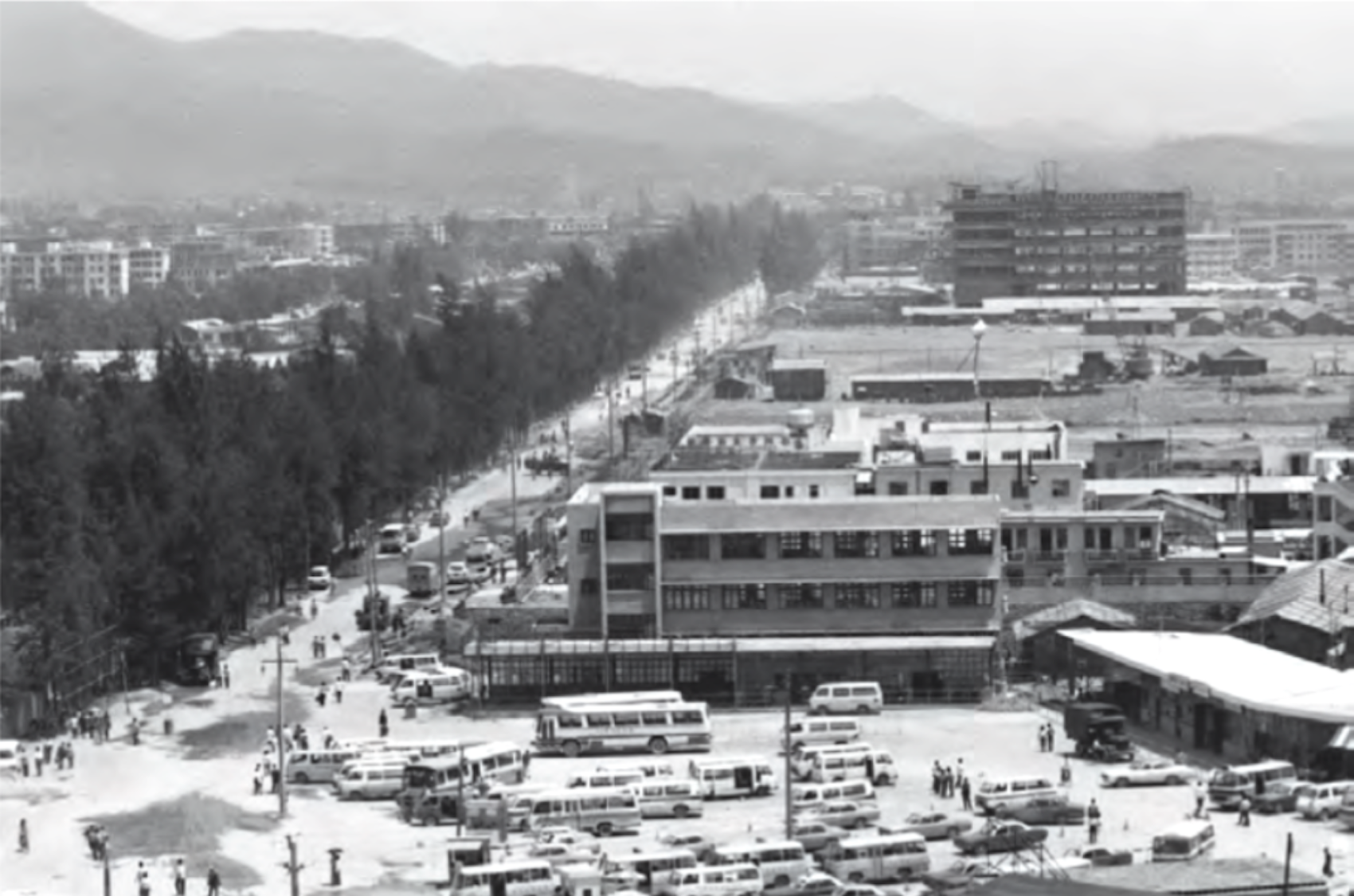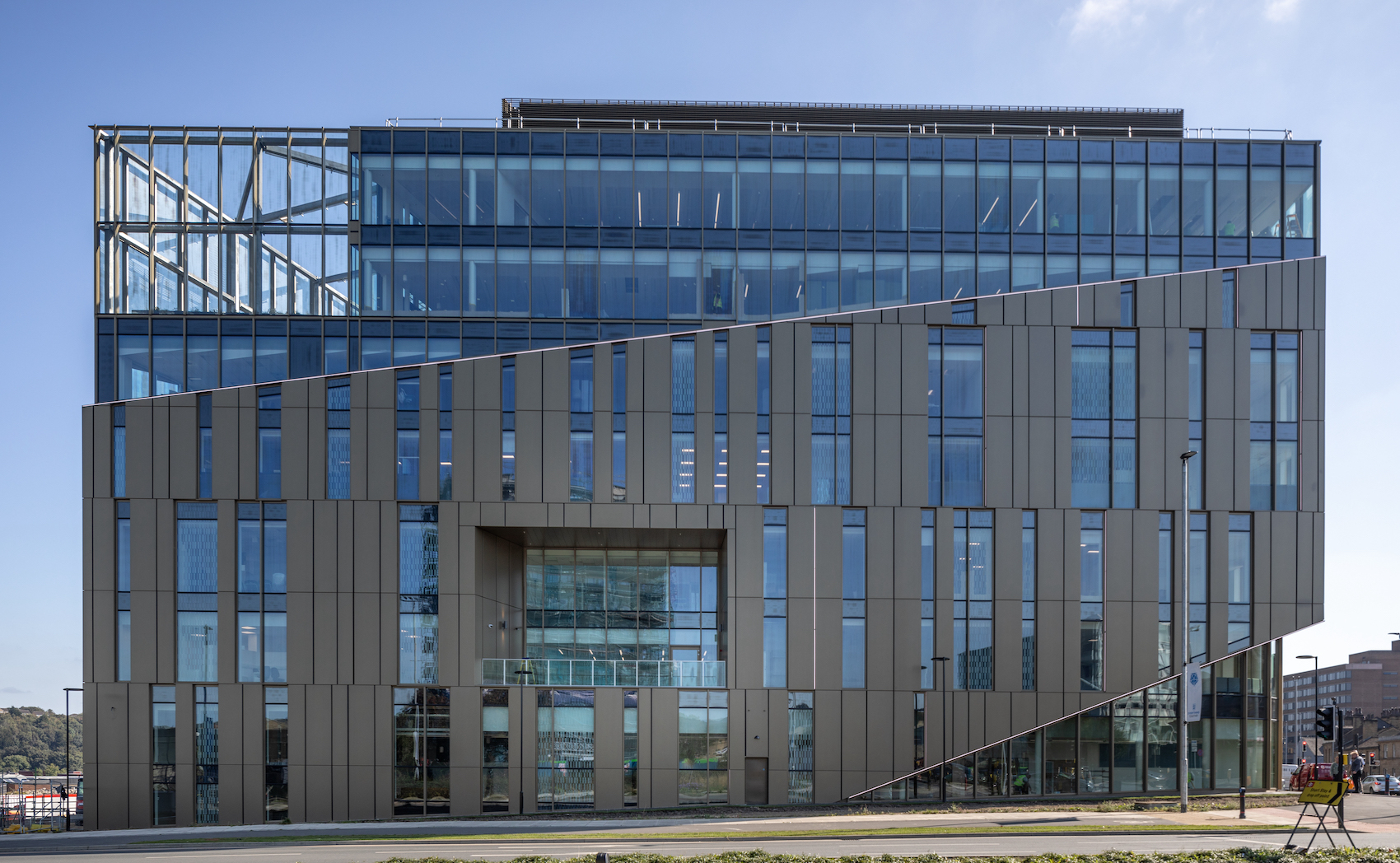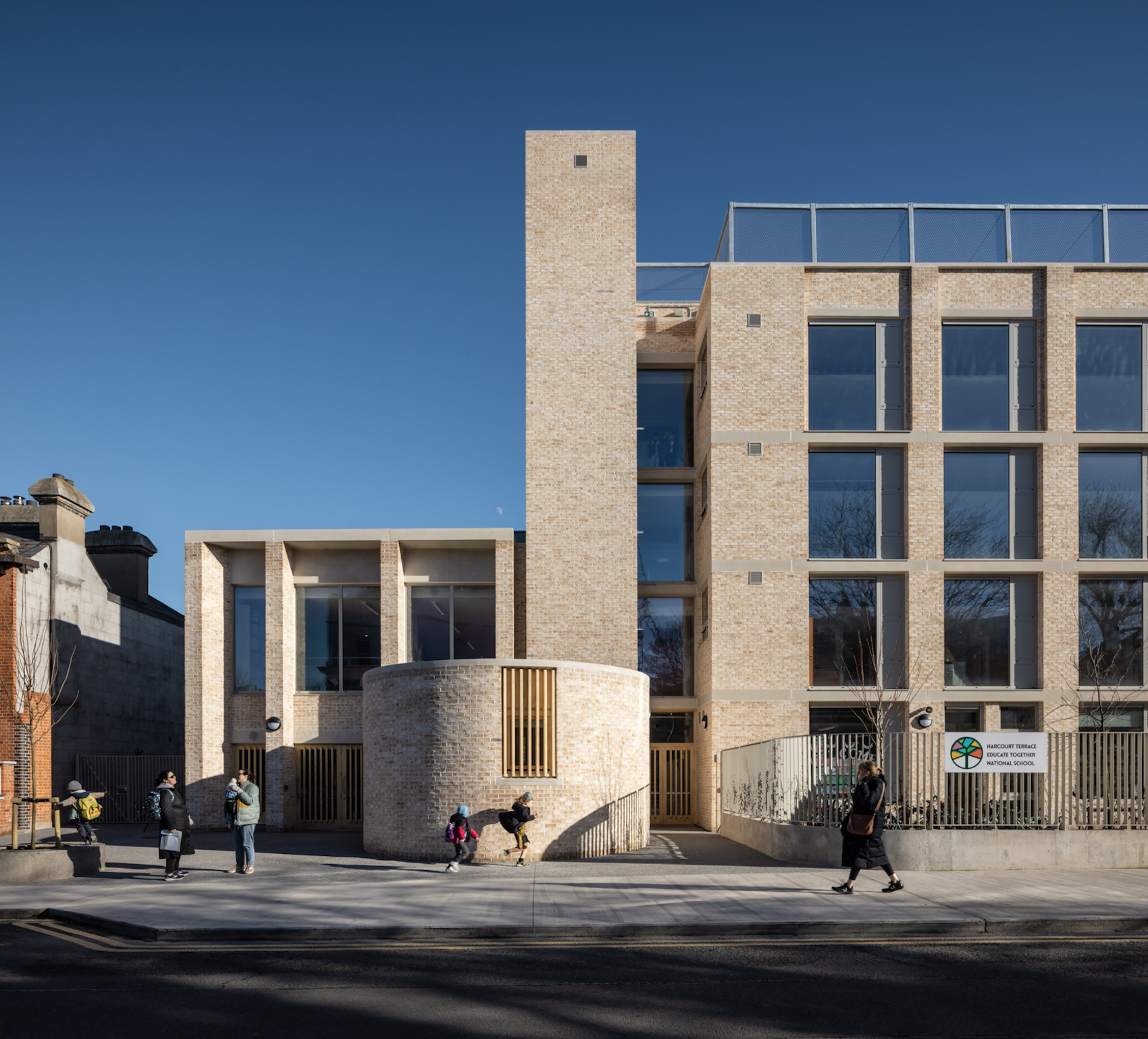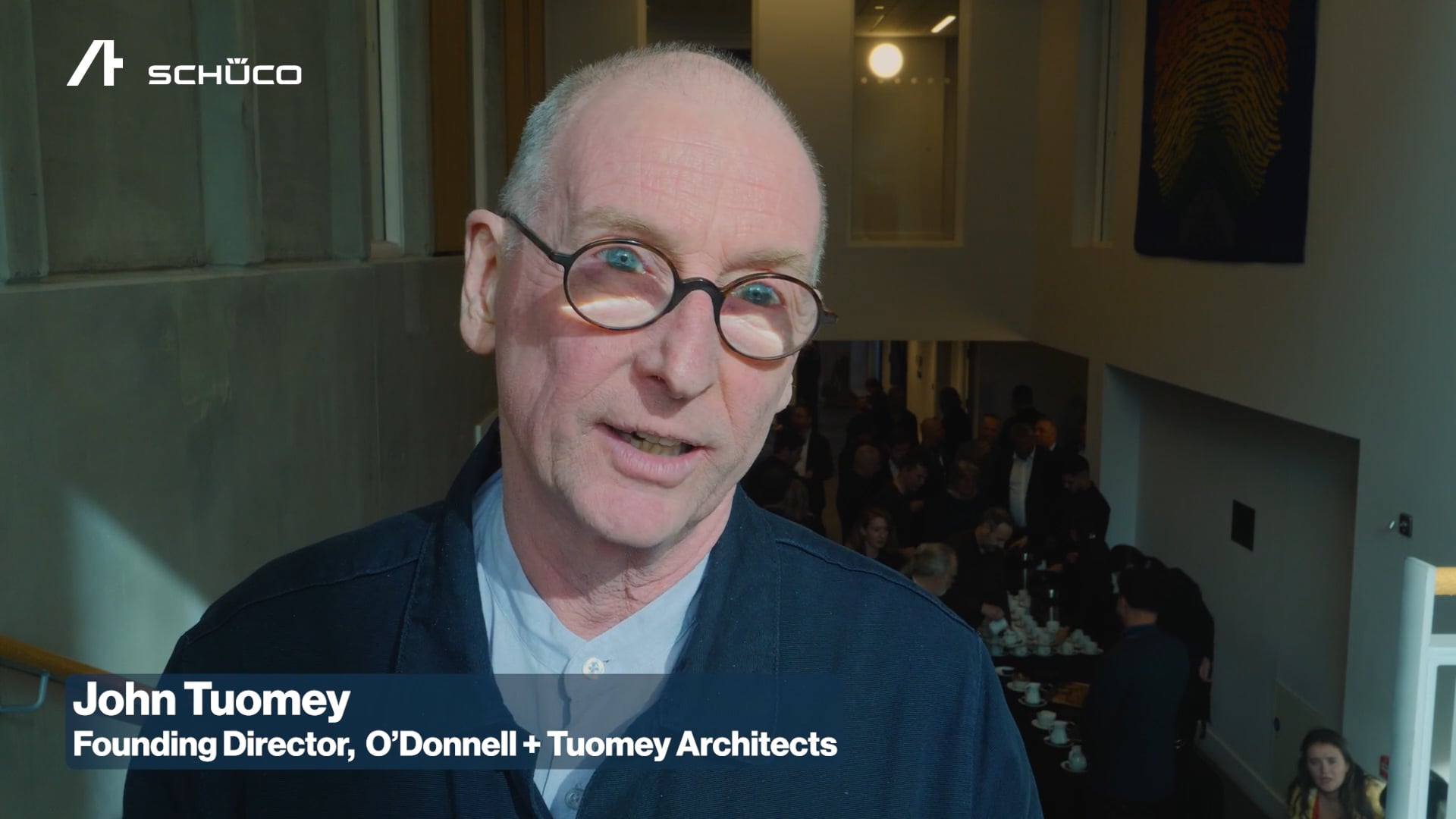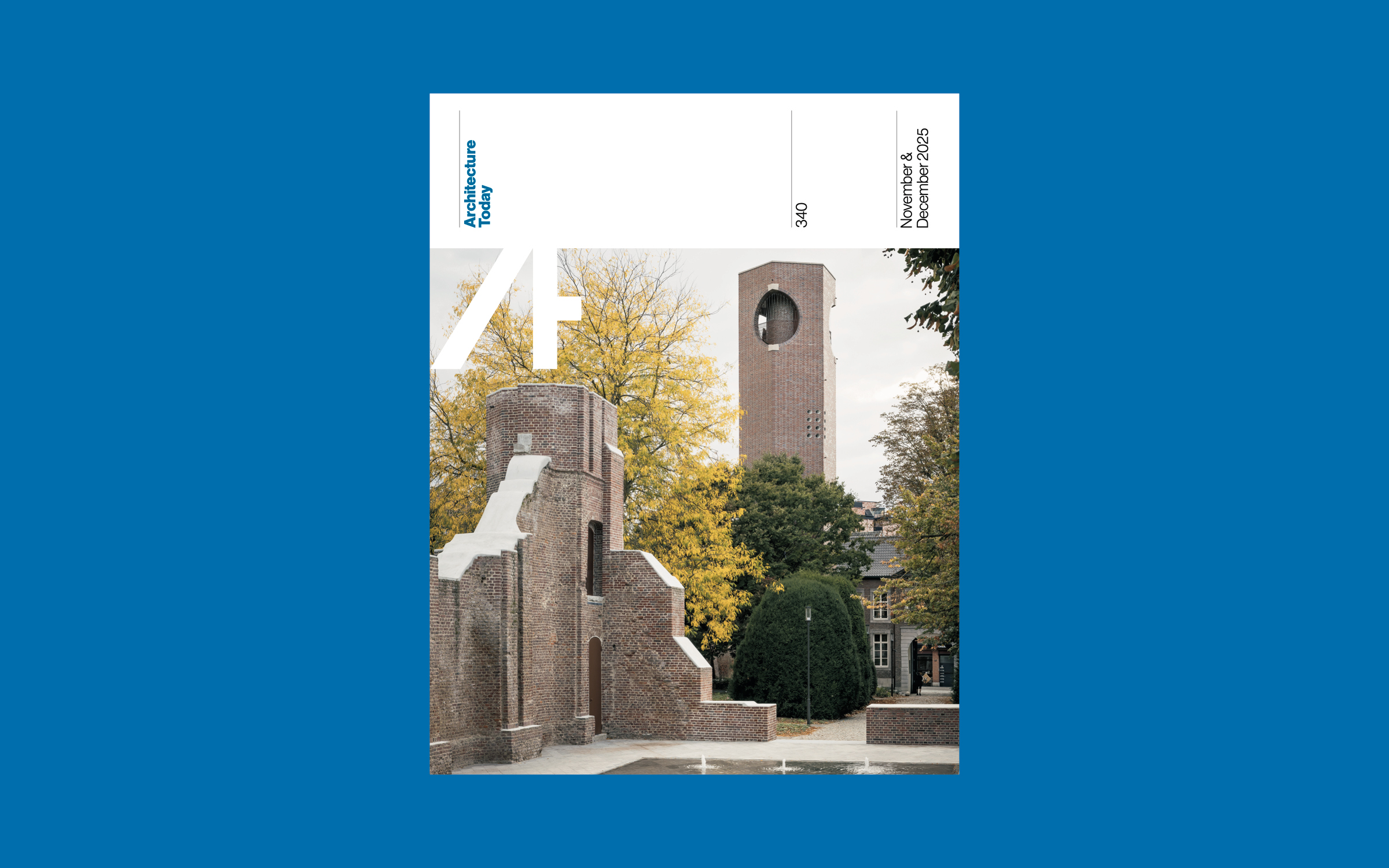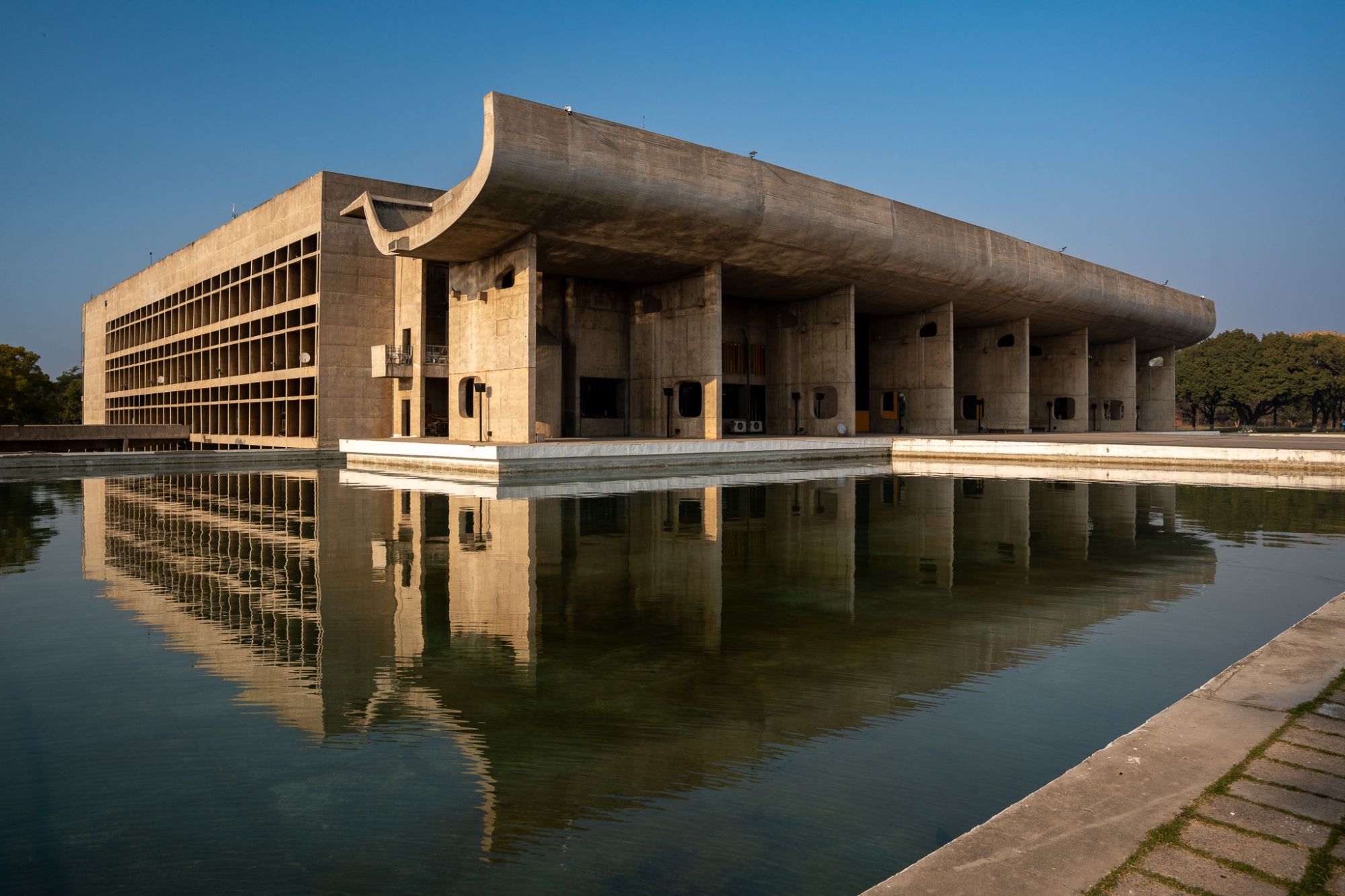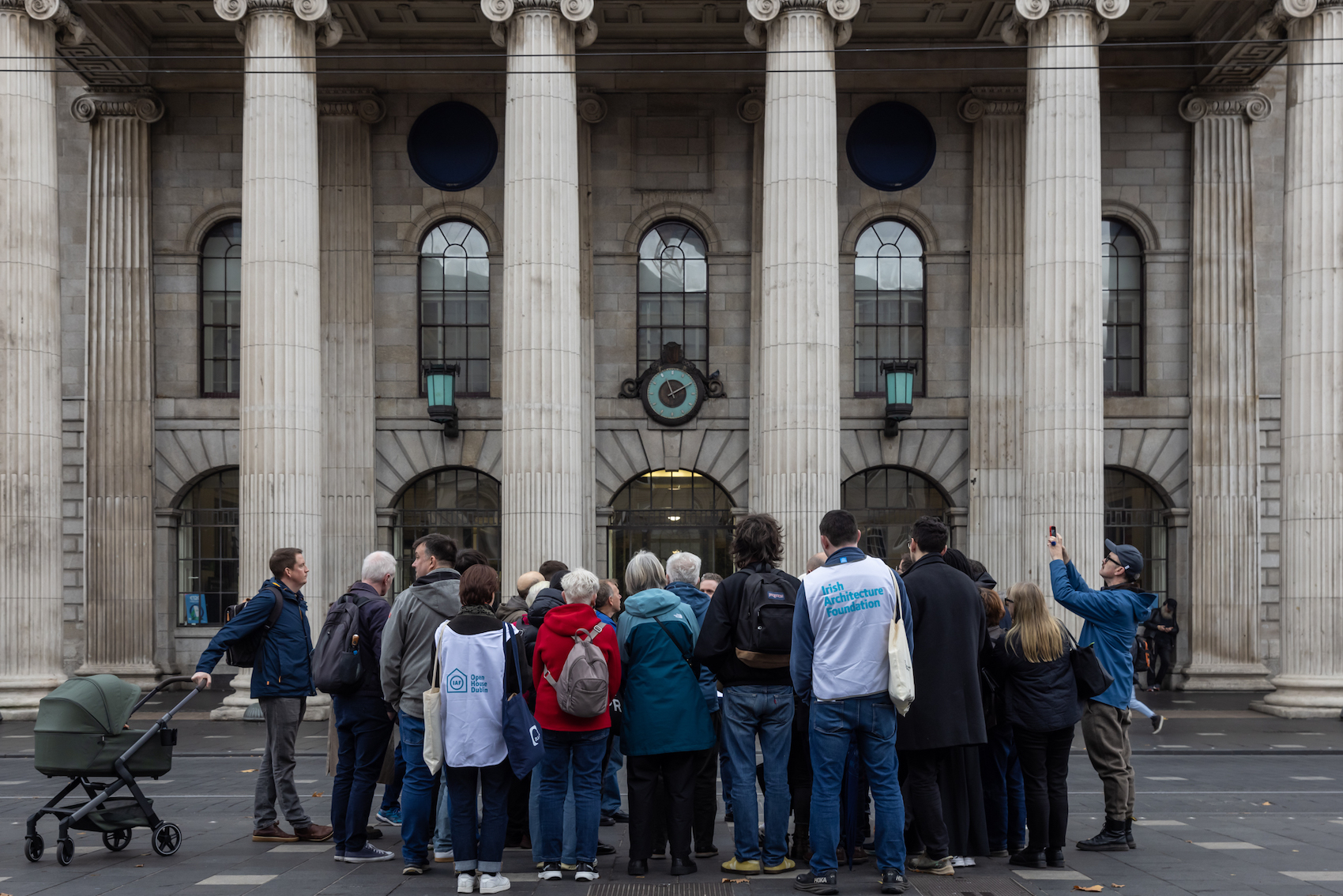Becky Gordon, Regional Sustainability Manager UKIME, discusses how Interface is extending the life cycle of its products, and the need for closer collaboration between architects and manufacturers.
In association with![]()
When it comes to sustainability efforts, manufacturing and the built environment more widely have an image problem. As a major contributor to the UK’s total carbon emissions, the sector has some way to go before it can truly declare itself sustainable. But with almost 50% more UK manufacturers having ESG targets than in 2021, the industry is beginning to take strides to ensure practices have less impact on the environment and sustainability is being considered more heavily in business decisions.
As sustainability continues to dictate product specification and procurement processes, architects and designers are understandably feeling the pressure to get this ‘right’ on their projects. And whilst there is a certain element of responsibility on professionals to specify products that reduce carbon emissions, people at every stage of the process – from material sourcing and manufacturing, to logistics, installation, maintenance and reuse – have a responsibility to make sustainable interiors more attainable.
Being a leader in low-carbon manufacturing, at Interface we’re aiming to provide the foundations on which architects and designers can build. We believe that, through transparency and knowledge-sharing, manufacturers can offer a clear view into products and sustainability initiatives to create meaningful, impactful relationships with customers and the broader architecture and design sector. Whilst our sustainability efforts started back in the mid-90s, we view our journey in carbon reduction as continuous and a process of improvement, innovation and action.
Unpacking our reuse options
A key example of this ethos is our reuse offerings which have evolved and developed over time. The first of our end-of-life offerings came with the launch of our ReEntry programme back in 1995 following a ‘spear in the chest’ epiphany experienced by our founder, Ray Anderson. Its original blueprint continues to guide much of the programme’s operations today, and since 2016 Interface has worked alongside partners, charities and community projects to collect a total of 31,750 tonnes of post-consumer carpet. The immediate benefits to this programme are twofold: it redirects tiles that may have otherwise ended up in landfill and helps us support our customers’ own sustainability journeys.
Additionally, the provision of reuse options like ours is a significant way for manufacturers, designers and asset owners to reduce their environmental impact. Not only do these initiatives actively contribute to a more circular model of manufacturing and design, but investing and providing these types of schemes has the potential to enhance organisational sustainability credentials within industries beyond manufacturing.
Expanding capabilities
To save even more materials from landfill and further tackle the climate crisis, we recently made the decision to enhance our end-of-life options at Interface. In September 2024, we announced the expansion of capabilities at our recycling plant in the Netherlands to ensure the facility could recycle post-consumer tiles which specifically contained our bio-composite backing, CQuest™Bio.
The backing is now available as standard across all our carpet tile collections, meaning that – where reuse is not a suitable option – the product can now be recycled, contributing to a more circular model.
However, this wasn’t a standalone effort to limit our environmental impact. Changes at our European facilities contribute to our aim of becoming a carbon negative enterprise – without the use of offsets – by 2040. We’re ‘all in’ on solving the climate crisis and, despite our sustainability progress, we know there’s more we can be doing to make a real impact. As part of this, we’re challenging ourselves and others across the industry to make a bigger impact through a collective, collaborative approach to carbon reduction.
Supply and demand matter
Enhancing our recycling capabilities is a great first step in the creation of a more environmentally conscious sector, but if an industry-wide shift doesn’t happen quickly, manufacturers’ efforts are at risk of being redundant.
As such, the architecture and design community have a fundamental role to play in ensuring all possible environmental solutions offered by manufacturers are taken up. Demanding recycling and repurposing initiatives is one way to ensure this, but in the same vein, specifiers should be requesting transparent, accurate data so they can make the best-informed decisions for their projects.
There’s a chance here for true collaboration between manufacturers and architects, and it’s on this that much-needed sector-wide change will hang.
Contact Details
To find out more about Interface’s ReEntry service, please click here.











